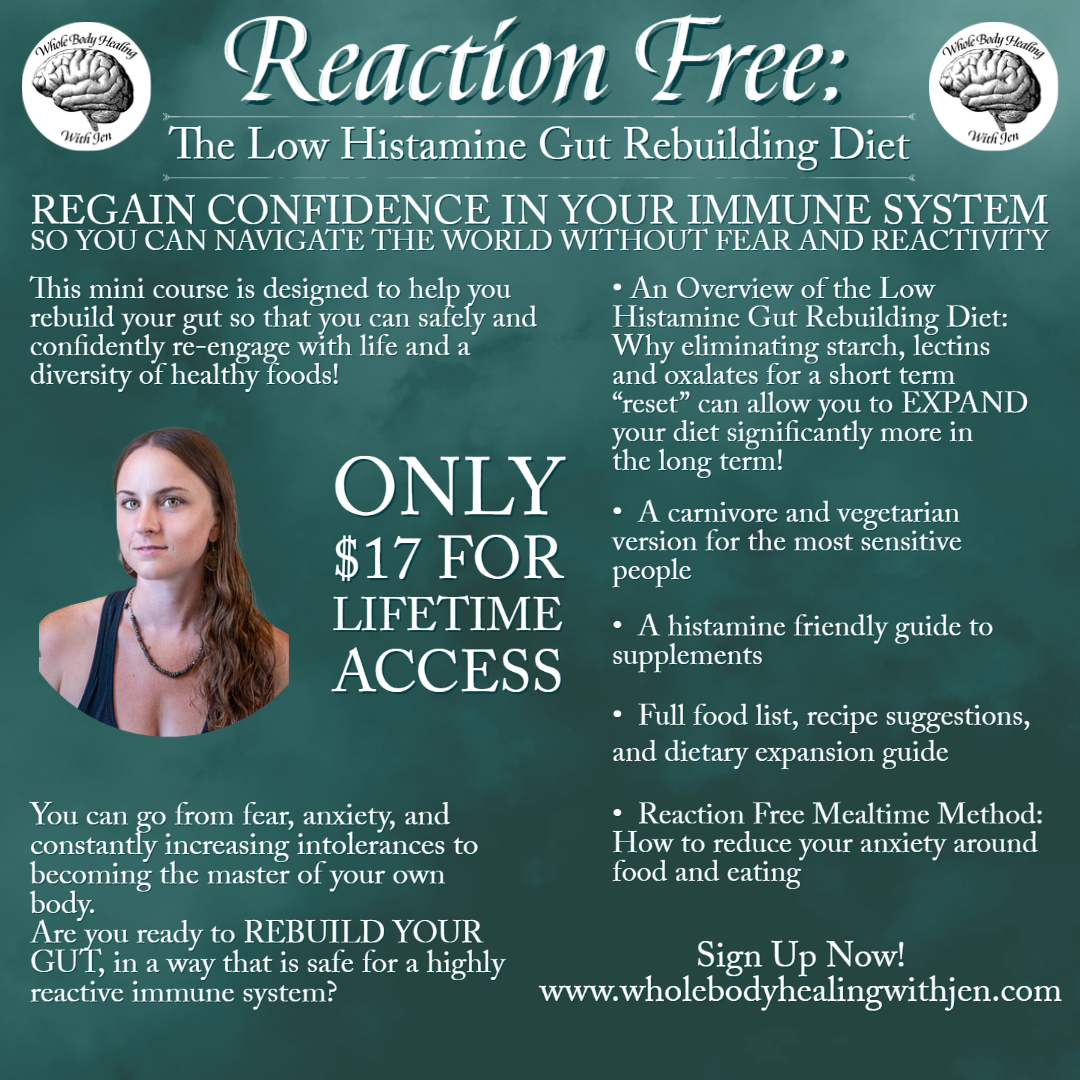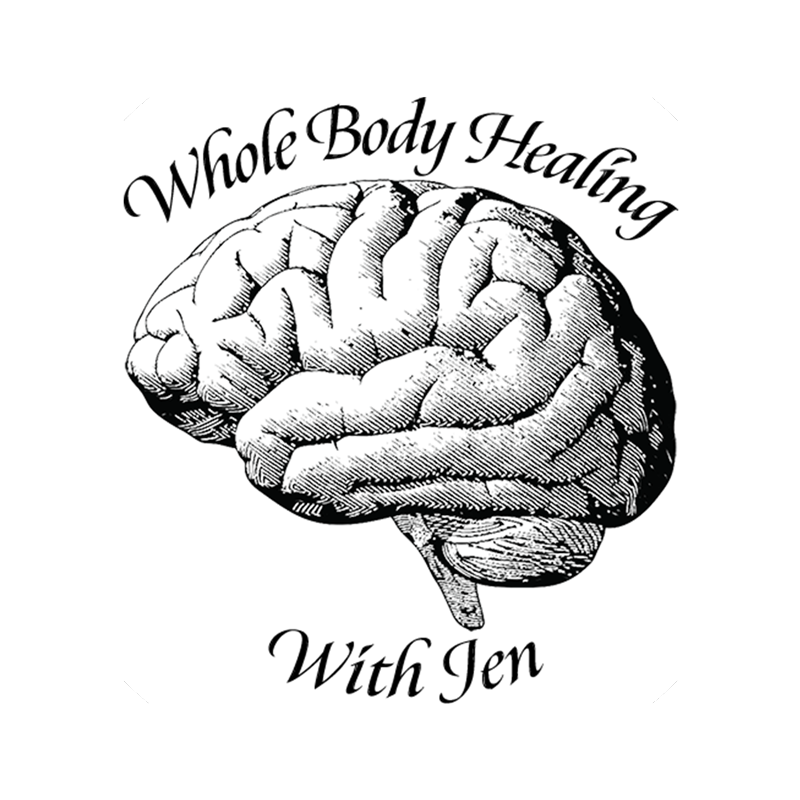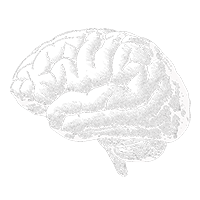What Diets Will Heal Histamine and Mast Cell issues… and Which Won’t!
There is a difference to REDUCING SYMPTOMS and REVERSING THE DEEP, ROOT CAUSES OF YOUR ILLNESS! Here are the primary factors we need to take into account. It took me a long time to learn how to actually heal the root causes of these symptoms, and I want to save you time, energy and frustration! Scroll down to read the detailed article below, watch my youtube presentation, and when you are ready, you can click the image below to start your journey and become REACTION FREE.
What are the pros and cons of different medicinal diets- and why do I believe with my whole heart, brain and gut that the LOW HISTAMINE GUT REBUILDING DIET is the BEST option for your long term recovery? Knowledge is POWER! Read more below and make sure you watch my informational youtube presentation.
Become Reaction Free: https://wholebodyhealing.mykajabi.com/reaction-free-gut-rebuild-mini-course-1
Whole Foods, Low Histamine Diet
Eliminating all food additives including refined seed oils, white sugar and refined flours, preservatives, colorings, flavorings, emulsifiers, sweeteners and all processed food, while focusing diet on low histamine, unrefined fats and whole fruits, vegetables, meats, dairy, eggs, nuts, seeds, grains and legumes that are minimally processed and made from scratch, and eat only unprocessed or minimally processed foods that could be made in your own kitchen or back yard (butter, coconut oil, etc.).
Pros: Many people notice a dramatic difference in their health when they eliminate all processed food and begin to cook everything from scratch. This way of eating can be simple even with a busy lifestyle by having adequate amounts of whole “snack foods” available (easy to prepare and eat low histamine whole foods like low histamine fruit slices, low histamine nut butters, duck eggs which are low histamine, etc.) and simple, batch cooking techniques like blended soups, roasts, stir frys, etc. You just have to make sure you freeze your leftovers to keep them low histamine.
Cons: This will generally only resolve symptoms for people with minor health issues. Depending on the level of severity of symptoms, because this diet only eliminates high histamine foods and processed foods, without talking into account the deeper nuances related to various whole food compounds, most people will be stuck eating a low histamine diet the rest of their lives to keep their symptoms in check.
AIP and Other “Low Inflammation” Diets
Eliminates all processed foods as well as common inflammatory triggers in whole foods such as grains, legumes, dairy, eggs and nightshade fruits and vegetables (tomatoes, peppers, eggplants, etc.)
Pros: Grains, legumes, nightshades, and conventional dairy do contain inflammatory proteins called lectins. When people eliminate these compounds from their diet, it takes away a common obstacle to healing the gut lining. The gut lining can be very sensitive and these sticky proteins can be a huge obstacle to allowing the digestive tract to truly heal. Because “leaky gut” and general inflammation in the gut lining is a major root cause of histamine and mast cell issues, this can be a huge benefit to getting at the core issues underlying your symptoms.
Cons: Many people eat high amounts of starchy and high oxalate foods on this diet. There are two problems with this. One is that oxalates, similar to lectins, are also irritating compounds in foods that can exacerbate leaky gut in people who already have damage in their digestive tract that need healing. Additionally, a major cause of inflammation in the gut lining is the overgrowth of opportunistic bacteria, also known as “gut dysbiosis”. According to principles researched by the Specific Carbohydrate Diet, large carbohydrate molecules known as polysaccharides are the primary fuel for these opportunistic bacteria when your digestive tract is not breaking them down properly. Even otherwise “healthy” whole foods such as cassava flour and sweet potatoes, popular inclusions in the AIP world, can still be feeding bacterial overgrowth in people who already have microbial imbalances.
GAPS Diet
Eliminate all processed food. Additionally, eliminate all sugars (maple syrup, coconut sugar and water, lactose containing dairy such as milk, soft cheese, half and half, cottage cheese), as well as long chain carbohydrates (polysaccharides) including grains, legumes, and starchy vegetables, including gluten/wheat, corn, soy, rice, quinoa, beans, white potatoes, sweet potatoes, yams, cassava, plantains, Jerusalem artichoke, turnips, parsnips.
Pros: This protocol is based on the Specific Carbohydrate Diet, which helps fully balance the bacterial communities in the gut and eliminate stubborn overgrowth that is often the root cause of leaky gut and imbalanced immune responses such as chronic allergies, chemical sensitivities and food intolerances.
Cons: While this diet is very effective at jump starting your gut healing process, it is notoriously high histamine, as it recommends high amounts of meat stocks (while this is lower histamine than bone broth, it can still cause problems for very sensitive people), as well as strong home made fermented foods such as sauerkraut, beet kvass, kefir, cultured cream, yogurt, etc. Because the protocol is so high in histamine, many people with histamine intolerance or mast cell issues struggle with implementation as their symptoms increae substantially early on in the protocol. Additionally, GAPS does not take into account irritating compounds in some whole foods such as lectins and oxalates, which can be a major obstacle in some people who have very damaged gut linings.
Low Histamine Gut Rebuilding Diet
Eliminate all processed foods and food additives, as well as sugars and starches (similar to GAPS), AND high histamine, high lectin, and high oxalate foods (meat stock, ferments, as well as high histamine/oxalate/lectin nuts, seeds, vegetables and fruits). Focus diet on unrefined fats and low histamine, low starch, low oxalate, AND low lectin vegetables, fruit, meats, eggs, nuts and seeds.
Pros: This is the protocol I have found to be MOST effective for people struggling with the most severe allergic and inflammatory immune symptoms. This is because it actually eliminates compounds that, whether they are causing acute reactions and inflammation or not, are likely feeding into the root causes of your symptoms in the first place. When people are experiencing significant symptoms, significant interventions are required. If you are ready to truly rebuild the lining of the gut, the bacterial communities, and the nervous tissue that entertwines in the digestive tract, this is the most effective method I have found.
Cons: This diet is a no nonsense approach! Many people are surprised at how limited the allowed foods list can be. It does require a patient and positive mindset to implement this successfully, especially because it can take time to work its magic. However, in the long run, this is the protocol that I see people reversing their symptoms fully on, so that they can actually expand their diet in the long term without fear of relapsing.
If you are READY to become Reaction free, click the image below to get started:

…and also be sure to click the picture of “healthy and happy” Jen below to learn more about my story:



